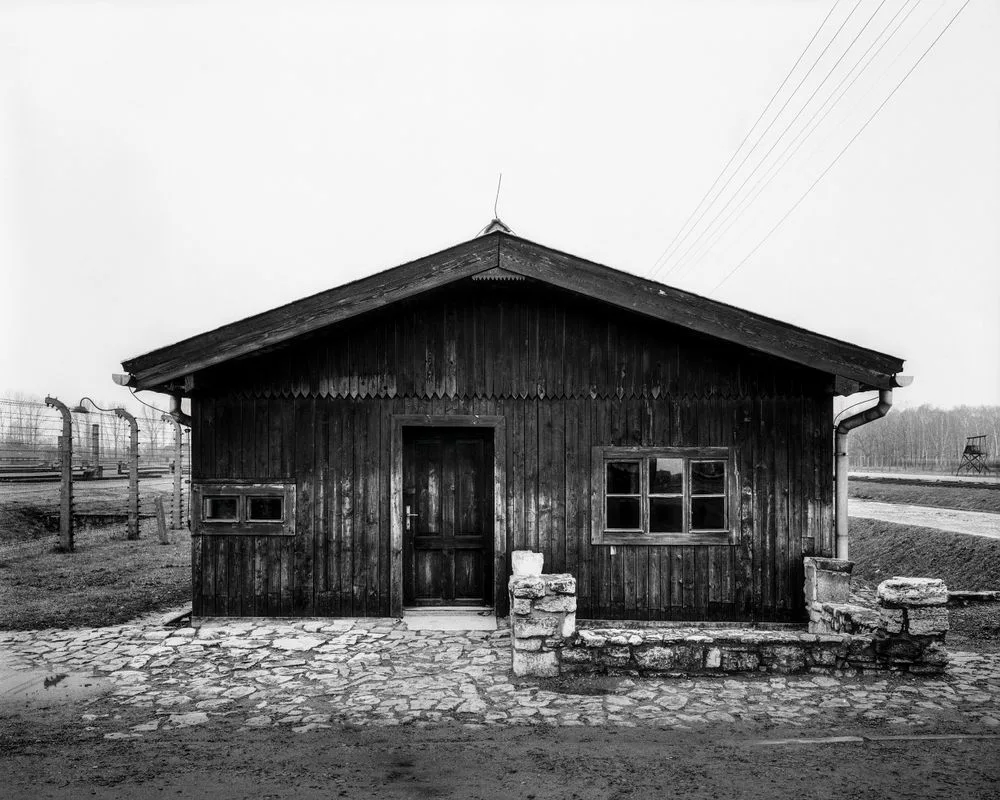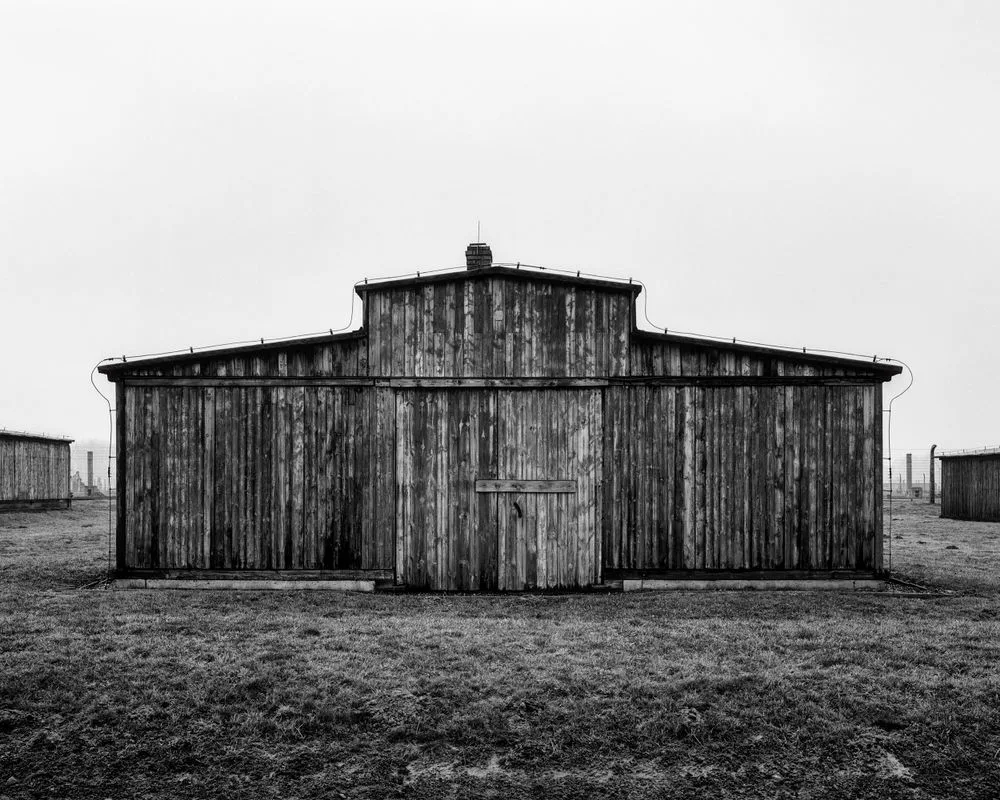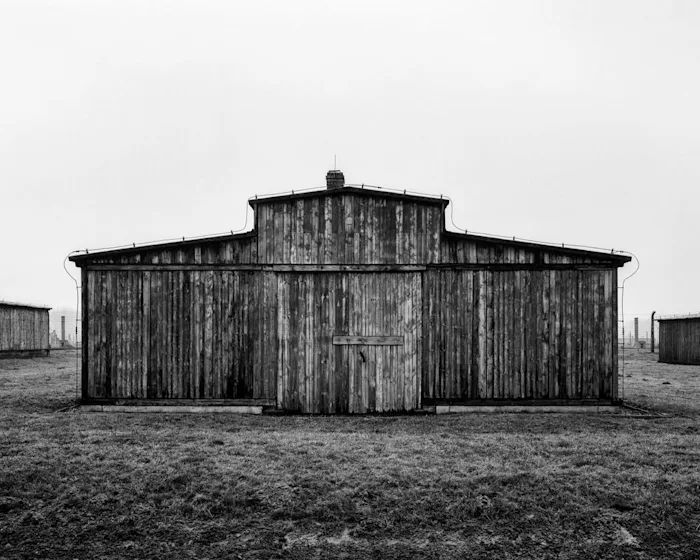Inhabiting and Building
Giorgio Agamben
The following text stems from a lecture delivered at the Faculty of Architecture of the University of Rome, La Sapienza, on December 7, 2018. It was first published in the column, “Una voce,” on Quodlibet (July 9, 2019)
Other languages: Italiano
I would like for the reflections I share with you today to be received within the context from which they emerged, namely, that of the archaeological inquiries in which I have been engaged for nearly thirty years. As you are aware, although the archaeology in question here is closely linked to history, i.e., to the patient and detailed reconstruction of facts and events in a chronology, it does not coincide with it, because it always maintains a relation to what Foucault called, with a certainly paradoxical expression, an ‘historical a priori’, that is to say, a principle, an archē that, although not meta-historical, nevertheless cannot be situated within a chronology. The latter is less an origin than a gulf between the point of emergence of a phenomenon from the tradition of the sources that transmit it to us. The wager of archaeology is that it is precisely this gulf, this excess of the phenomenon with respect to its historical tradition, that allows it to be comprehensible to us beyond the context of the causes and effects on which historiographical inquiry is centered.
It is from this perspective – not merely historiographical, but archaeological – that I would ask that you receive the brief and exceedingly summary conjectures on the a priori of architecture that I intend to present here. The critical diagnosis that follows from them concerning the situation of architecture in our time should likewise be considered from within this same archaeological context. That the diagnosis of the situation of architecture in our own time must be grasped from within this archaeological context is all the more necessary, since what is at issue is an encounter in which the identity of architecture itself is in question, the very name of which seems to imply an essential reference to the arché.
I will therefore attempt some reflections on what the historical a priori of modern architecture might be (starting, let’s say, from the middle of the nineteenth century, when architecture schools first appeared). In order to begin answering the question, we must first ask whether there is something like a historical a priori of architecture in general. I think we can agree that something like architecture is possible, since man is an inhabiting being [un essere abitante]. The habitat – or rather, the nexus between building and habitat – is, therefore, the a priori, the condition of possibility of architecture. Architecture is the art of building, insofar as it is also the art of inhabitation.
Émile Benveniste, the author of Indo-European Language and Society, a work without which it would perhaps be impossible to understand the history of Western culture, once observed that the Indo-European terms designating the home appear to superimpose two different notions upon one another: on the one hand, there is the house-home, which expresses a social belonging (which in Latin is called domus, the place of the family and of the gens), and on the other, there is the house-building (which in Latin is called aedes). According to Benveniste, these notions, which tend to be confused in the Indo-European root *dem, should in fact be regarded as distinct from one another. Even if they may spatially coincide, at least in part, the habitat-house and the building-house express two realities that have very little to do with each other. Domi, being-at-home, does not mean “to be in a certain building,” but to belong to a certain legal and social context (the domus-familia) in which one is and one feels at home, not simply because one is among relatives, but also because, as is indicated by the contrast domi bellique, “in peace and in war,” in the home certain relationships are possible whereas others are excluded, such as those with a hostis or public enemy.
If Benveniste’s observations are correct, this means that the relationship between building and habitation, far from being as obvious as one might think, is at the very least problematic, and it is on this relationship that I wish to invite you to reflect.
Benveniste’s Indo-European Language and Society, which contains his analysis of the root *dem, was published in 1969. In 1951, Heidegger gave a talk in Darmstadt entitled “Building, Dwelling, Thinking,” in which he argued the opposite thesis: to build (bauen) originally means “to dwell” (buan, wohnen) and it is only dwelling that confers meaning on building. Man is a being who builds because he dwells, but this unitary being of man is threatened by an essential disorientation [uno spaesamento] that always endangers the unity of building and inhabiting.
From this perspective, architecture might be defined as the attempt to hold together the two meanings of the Indo-European root *dem, to build and to inhabit. To build means to verify or realize a social belonging or being-at-home, whereas, inversely, to belong to a social context, to be-at-home or to inhabit, means to build. But is this really the case?
If we now return to our question concerning the historicala priori of modern architecture, the hypothesis that I would like to suggest is that, at a certain point, and for reasons that I cannot explore here, the already problematic unity of inhabiting and building was severed. The historical a priori of architecture would then be precisely the impossibility or incapacity of modern man to inhabit and, for architects, the corresponding rupture of the relationship between the art of building and that of inhabitation.
This allows us to account for the curious phenomenon wherein, at the same moment that architectural schools are being born, men who up to til this point had been capable of building and inhabiting their homes lose this faculty and, with it, also the capacity to feel truly at home, as if architecture were acting as Ivan Illich has called a “disqualifying profession” (referring to the hypertrophy of professions in our time, wherein everything that men once did spontaneously becomes professionalized). But most of all, it allows us to explain a phenomenon on which I think architecture students should never cease reflecting, namely, the fact that (as you know) the concentration camp at Auschwitz was designed and built by an architect, Fritz Ertl, who studied at the Bauhaus. By a fortunate – or perhaps unfortunate – circumstance, the plans for the camp, signed together with another architect, Walter Dejaco, have been preserved. The two architects were tried in Vienna in 1972 and later acquitted. Yet the question that must be posed at this point is: how is it possible that architects, whose seriousness we have no reason to doubt, could have designed a building in which it would never be possible to feel at home, that is, to inhabit? What could an architecture premised on the impossibility of inhabitation be? This is the question I wish to pose to you today.


However, if the observations developed thus far are correct, the resulting thesis is that architecture today is in the historical situation of having to build the uninhabitable.
Can architecture build the uninhabitable? Isn’t this what renowned architects do today without any hesitation, when they prefer to build shopping centers, airports, and other such spaces (museums could perhaps also be included in this category) in respect to which, honestly, it hardly seems possible to speak of inhabitation?
A few words about the way I would like the full hypothesis that I have just formulated to be understood. It should in no way be taken as an apocalyptic diagnosis with pretensions to historical validity, as if, at a certain chronologically datable moment the nexus between construction and habitation were suddenly lost to men. The fact that Alberti, Filarete, and the young Vasari took up the problem of prison architecture itself indicates well enough why caution must be exercised when formulating hypotheses such as the one I have proposed here, according to which architecture today would for the first time be faced with the problem of the construction of the uninhabitable. For me, the purpose of such hypotheses and paradigms is to render a given historical situation intelligible, and not to propose an apocalyptic diagnosis under the guise of a historical inquiry. Many years ago, when I was only just beginning my Homo Sacer inquiry, I wrote that it is not the city but the camp that today forms the political paradigm of the West. At the time, the statement appeared scandalous, and provoked a heated debate. Today this thesis, once restored to its nature as a philosophical paradigm, and not a historiographic thesis that places everything in the same basket, is accepted by almost all political scholars who are not conservative apologists of the system.
The fact remains that an archaeological-philosophical paradigm may, of course, also have ethical implications at the historical level. If the questions of inhabitation and building cannot be separated, claims of the sort that one finds in histories of prison architecture, according to which the prison has not yet found its poet, are hasty to say the least, because perhaps it cannot and should not find one (unless architects intend to carry out a revolutionary gesture, in the strict sense of the term, against the state apparatus, which is unlikely in the current political situation).
Yet we continue to encounter utterly irresponsible speeches of just this sort today. Just a few days ago, a former mayor of Venice, who taught for decades at a school of architecture, asserted that to believe today that it is possible to return the city to its inhabitants instead of to the tourists is a discourse of beautiful souls. In all likelihood, the author of this statement is simply trying to cover over his own role in the deterioration of the city he was charged with administering. Yet the fact that the very concept of inhabitation is deemed obsolete in this manner is certainly significant.
But What Does It Mean “to Inhabit”?
The Latin verb habitare, from which our term “inhabitation” derives, is a frequentative form of habeo, signifying to have. We use the verbs ‘to have’ — as do the for the verb ‘to be’ — as if its meaning were obvious. It is not. Émile Benveniste has another invaluable essay, entitled “The Linguistic Functions of ‘To Be’ and ‘To Have,’” which shows that not only how problematic the meaning of these two verbs is, but also the complex relationship by which they are linked.1 We thus discover that the verb ‘to have’ — like the verb ‘to be’ — is absent in most languages. In many languages, such as Arabic and Altaic ones, it is replaced by expressions such as “to be-to” or “to be-of.” From this it is not hard to draw the conclusion that having is no more than the inverse of “to be-to,” which is the normal expression. As Mihi est pecunia is inverted in ego habeo pecuniam, what was the subject in the first expression becomes an object in the second.2
Benveniste’s conclusion is that both ‘to be’ and ‘to have’ are verbs presenting a form of state. However, in spite of their proximity, there is still a difference, since to be is a state of existence, of one who is something [essere è lo stato dell’essente, di chi è qualcosa]; to have is the state of a possessor, of one who has or possesses something. ‘To be’ establishes between two terms an intrinsic relation of identity, ‘to have’ only an extrinsic relation of possession.


But is this really the case? Some of the examples Benveniste cites suggest that the meaning of the two verbs is even closer than the linguist would like to suggest.
From habeo is derived habilis (“easy to have or handle, lending itself well to use,” and later, “skillful, capable of something”); habitus (“way of being, comportment, property,” hence “capacity, disposition, habit”; for example, the architect has the habit of construction techniques); habitual (“stable way of having or behaving”, “corporeal constitution” and, later, “custom”); habena (belt, harness, that with which something is held together). Also instructive is the common formula bene habet, alright, or se bene habere, to be well. And finally, our intensive verb habitare, which does not mean merely “to habitually be, or to dwell,” but in the first place, “to have steadily or often, to have the habitus or the custom of something.” It is worth recalling the curious expression that we observe in Gregory the Great and in monastic terminology, secum habitare, to dwell with oneself, that is, to have a certain habit of oneself, a certain way of being and of living with respect to oneself, a certain use of oneself.
As these terms indicate, the meanings of having and being seem almost indeterminate, as if to have signified first of all “to have a certain way of being,” to be disposed in a certain way. In this way, inhabitation becomes an ontological category. To inhabit — this is the definition I would like to provisionally propose to you — means to create, to conserve and intensify habits and customs [abitudini], that is, ways of being.
Man is an “inhabiting” being because he exists in a mode of having — that is, in the sense we have seen, of ability, habit and custom. Man is, therefore, a living being who transforms being into having, through capacities, techniques, habits and customs. There is a reciprocity and continuous exchange between being and having. And this reciprocity is also a good definition of ethics, if one does not forget that the Greek word ethos has to do with the way of being and living with others and, first and foremost, with oneself; if one does not forget, that is, that ethics is firstly a secum habitare. For this reason, man does not require simply a burrow or a nest, but a home, that is, a place to “inhabit,” to build, to discover and to intensely exercise his “habits.” Building, which forms the object of architecture, presupposes or is constitutively bound up with inhabitation, the faculty of inhabiting. The rupture of the nexus between construction and inhabitation therefore signals a radical crisis for architecture, one which all those who would practice this art seriously cannot help but measure themselves.
Translated by Ill Will.
Auschwitz photography by Tomasz Lewandowski.